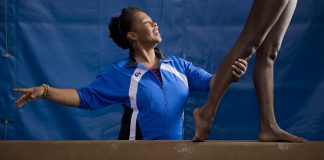The current iteration of the Golden State Warriors are a bonafide dynasty and powerhouse in the NBA world. The Los Angeles Lakers are on a huge upswing with the likes of Lebron James, a great young core, and significant salary cap in a loaded free-agency period next season. To a large degree, both franchises have two former player agents to thanks.
The fate of the franchises changed when they hired their current GMs— Bob Myers for the Warriors in 2012 and Rob Pelinka for the Lakers in 2017. Each franchise owes a significant share of their current or future success to them (I have to mention that Magic Johnson has also played a key role in the Lakers turnaround).
Both Myers and Pelinka are former agents who left that world to become a part of NBA management, experiencing nearly immediate success. This begs the question — are agents the new prototype for successful NBA GM?
There’s no doubt that the role of an NBA agent and NBA GM have some serious overlap. Each requires and imbues an understanding of the inner-workings of the NBA landscape, a detailed knowledge of NBA-specific contract and team context, and relationships with NBA management, teams, players, and colleagues.
Based on those similarities, it makes sense that NBA agents who wanted to become NBA executives would have a leg up on other candidates. However, the results have been remarkably mixed thus far.
Justin Levien went from agent to assistant GM of the Sacramento Kings (with subpar results), then left to be part of the ownership group that purchased the 76ers in 2011, and finally became CEO of the Grizzlies. He was let go in 2014.
Justin Zanik spent 15 years as an agent and then left in 2013 to become assistant GM of the Jazz and in May 2016 made a lateral move (at best) to take the same position with the Bucks.
Lon Babby had a great roster of clients (Tim Duncan, Ray Allen, Grant Hill) but caught the executive bug. He left to become the president of basketball operations for the Suns in 2010 but was let go in 2016. Their fall from grace during that period speaks to his performance.
However, there are two examples of agents turned GMs who have transitioned seamlessly with an unprecedented level of success in a very short manner: Bob Myers (GM and President of Basketball Operations for the Warriors) and Rob Pelinka (GM of the Lakers).
Bob Myers joined the Warriors as an assistant GM in 2011, was promoted to GM just a year later (the Warriors were a 23 win team), and has gone on to create one of the greatest NBA dynasties we’ve ever seen (don’t be mad guys, they played by the rules just like everyone else. Jealousy isn’t a good look).
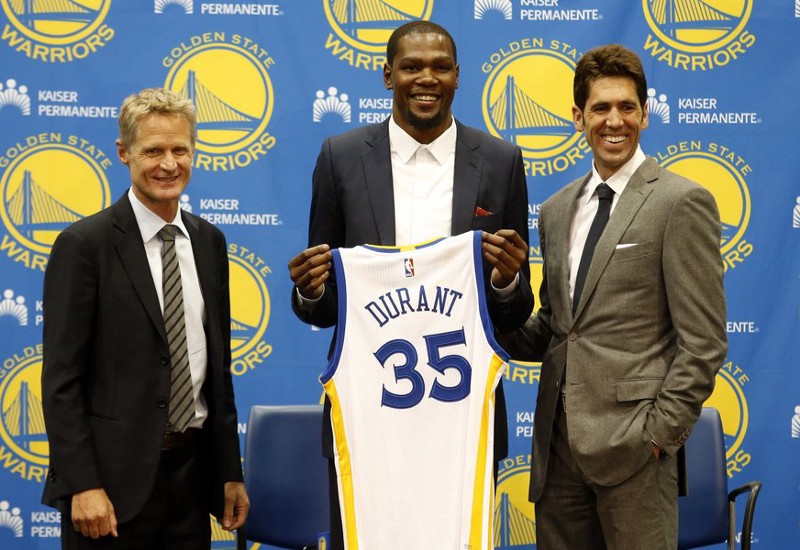
Pelinka was hired by the Lakers as GM on March 7th, 2017 and in a year and a half has already set the franchise up for extended success by clearing cap space, accumulating 1st round picks, not breaking up a talented Lakers core all on cost-controlled rookie deals, and getting this guy:

Most recently, he completed arguably his greatest stroke of genius by completing a buy-out of Luol Deng’s albatross contract, the last vestige of the Kupchak-Jim Buss era, while getting Luol to forego 7.5 million dollars of that deal. This leaves the Lakers with 38.5 million in cap space for next summer, a number that is coincidentally exactly what Kevin Durant can be offered.
What is it about these two that has allowed them to seamlessly transition into the NBA world? To transition from a job that is focused on individuals and milking teams for as much capital as possible to one that (when done right) is filled with collaboration, team building, culture creation, and selflessness.
Is it because they were former high-level NBA agents or is it something deeper, more pervasive to their specific personalities?
Before we go further, some full disclosure here: When I first started to write this piece about Myers and Pelinka, the intent was to look at the general themes and characteristics that each shared and instantly made them top-flight GMs.
Look at these common threads:
1 — Both played high school basketball and went on to play 4 years at their respective college alma maters. Rob Pelinka playing from 88 to 93 (he redshirted 89–90 due to an ankle injury) at the University of Michigan and Bob Myers from 93–97 at UCLA.
2 — Both were business majors in undergrad, attending universities well-respected for their educational acumen (although UCLA will always be Cal’s little sister school. Roll on you Bears).
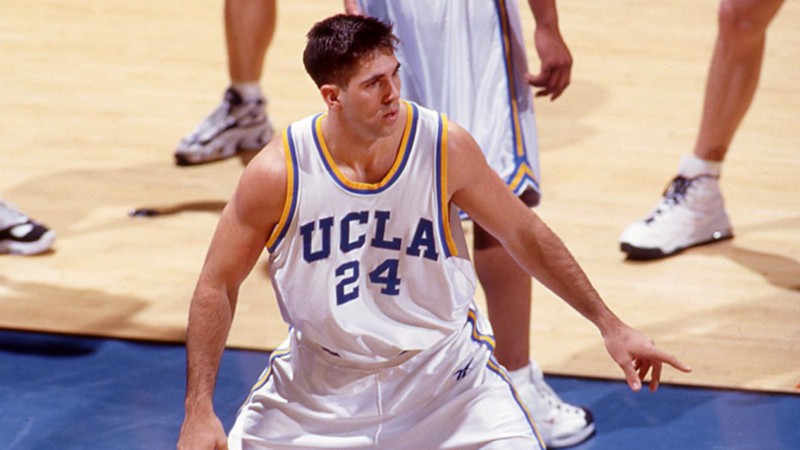
3 — Both won a national championship. Pelinka in 88–89 (he also reached three straight finals fours, and played with the Fab 5) and Myers in 94–95.
4 — Each forewent playing basketball in Europe to attend law school. Rob staying at the UofM (after winning the Walter Byers scholar award as the NCAA’s top male scholar-athlete in his final season) and Bob attending Loyola Law school.
5 — Both were hand-selected and groomed by super agent Arn Tellem to work at his agency SFX management. Pelinka was lured away from the law firm Mayer Brown in 98′ (becoming a full-time agent in 2000) and Myers interned under Arn Tellem while he was still in law school at Loyola, becoming an agent upon graduation.
6 — Each has spent time as a college basketball color commentator/analyst. Pelinka during law school for the Wolverines and Myers in 00–02′ for the Bruins.
7 — Both were extremely successful as agents and heralded for their unique mix of attention to detail and personability. Pelinka went on to start his own agency, Landmark Sports Agency, in 2006 where he heralded clients such as (most famously) Kobe Bryant, James Harden, Kevin Durant, and Andre Iguodala while Bob Myers became VP at SFX Management and then spent his last 5 years as an agent at Wasserman Media Group. His client list included Brandon Roy, Tyreke Evans, and Kendrick Perkins.
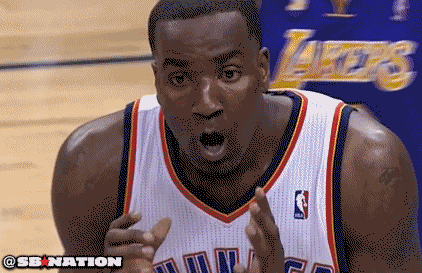
Within all those similarities, three key threads jump out. Three pillars that separate Rob Pelinka and Bob Myers from most other agents and are the foundation for their success as NBA executives.
I. Basketball Lifers
As I touched on, both Myers and Pelinka were high-level basketball players (and by all accounts, they still ballin —Myers is known throughout the Warriors organization as always ready to play) which comes with a number of attributes:
- Being super competitive
- An understanding of the game
- Insight into player and coach mentalities: what they go through, how they feel and think, different communication styles, what is or isn’t appealing
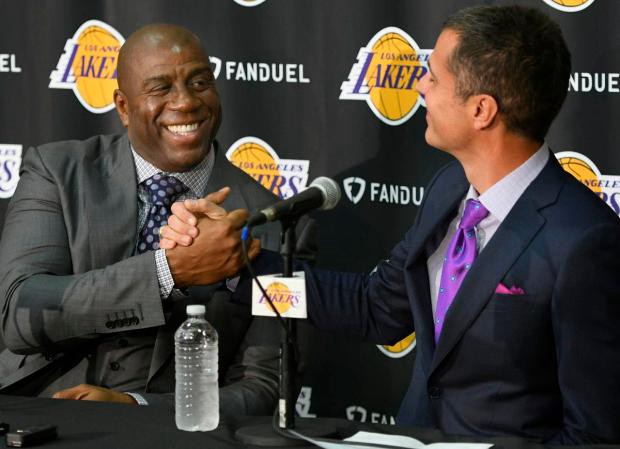
Additionally, there’s a level of relatability and street cred that comes from having played at a high level — rather than just being that nerd who wishes he was an athlete (although, there’s nothing wrong with that).
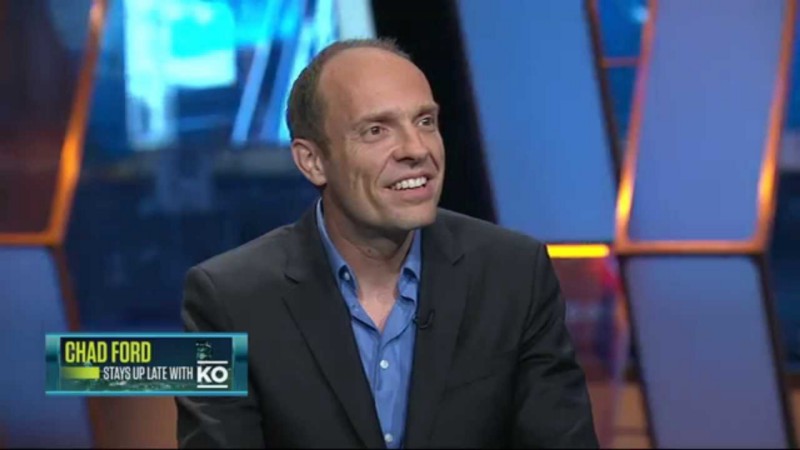
Both Myers and Pelinka speak basketball and have seen the game through multiple lenses so they can empathize with all parts of the equation — from management to the coaches to the players — and cater to their specific needs.
Here’s how Pelinka put it:
“Growing up in the basketball world, there’s a vernacular to it, a culture and learning to it. Add the layers of law school and business school (as well).”
Further, while growing up in this “basketball world”, each was exposed to top-level basketball programs and cultures. That brings us to the next pillar.
Exposure to Winning Culture
“Great company culture” has become a buzzword for any company trying to entice the millenial workforce (if you’ve never been to a Google cafeteria, you haven’t lived yet) and often times is more PR than actual substance.
However, a sincere commitment to organizational culture is exponentially powerful, the sum becoming far greater than the parts.
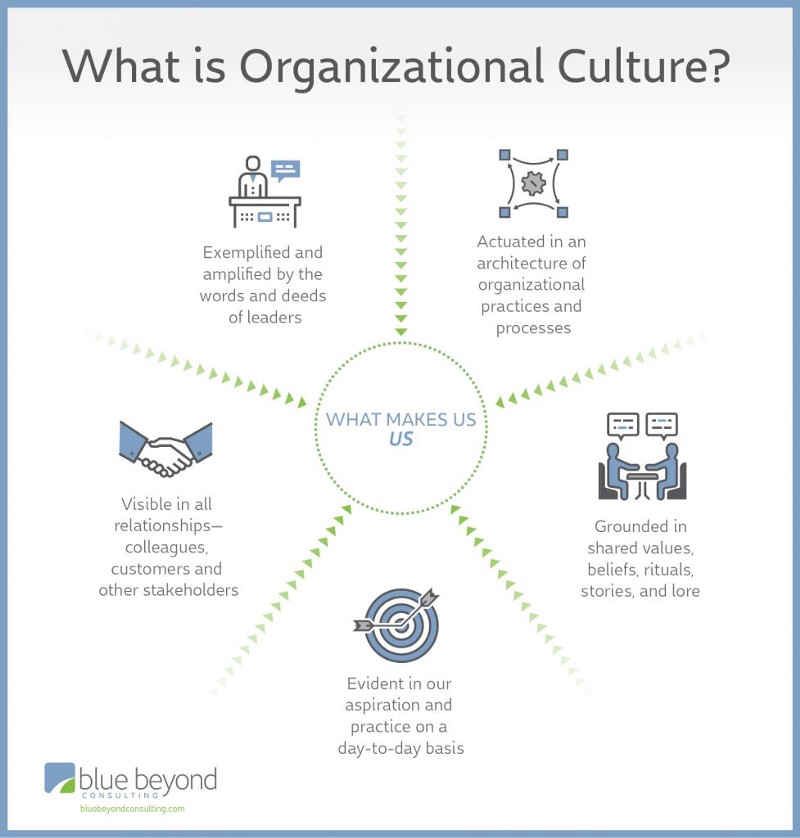
Rob Pelinka and Bob Myers have seen the power of organizational culture first-hand throughout their collegiate and professional career.
Pelinka refers to the basketball culture during his time at the University of Michigan as a “model of excellence” and Bob Myers spent extended time with both Jim Harrick and Steve Lavin at UCLA.
Afterwards, each cut their teeth in the agency world under one of the most successful agents in the game, Arn Tellem (who is now the VP of Palace Sports and Entertainment, which includes the Pistons).
Both credit Tellem as a huge influence on their success. Myers, when he left Wasserman media group, had the following to say about Tellem:
“He’s the guy who taught me most everything I have learned about the business.”
In turn, each Pelinka and Myers have emphasized building and cultivating a powerful company culture. Pelinka at Landmark sports agency and as the Lakers GM, and Myers throughout his tenure for the Warriors.
Myers, when he took over as GM for the Warriors in 2012, made it a point (along with owners Joe Lacob and Peter Gruber) to create a culture of togetherness and “strength in numbers” that’s been pervasive in all layers of the organization — from the business side to the basketball side and down to the coaches and players.
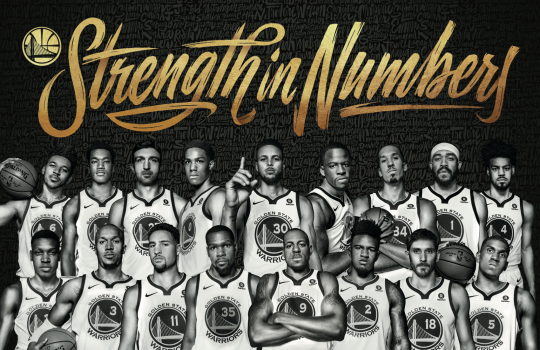
For example, Bob Myers sits in on the weekly business staff meeting to get a better understanding of their thoughts and integrate that with his own ideas and planning. That’s not the norm in most NBA organizations.
For more on Bob Myers and the Warriors organizational culture, check out this interview. I highly highly recommend it, the insight he has is fascinating.
In the same vein as when Myers first took over, Pelinka has rung the bell on changing the team culture. He and Magic Johnson constantly refer to “Lakers DNA” when asked about what they look for in players and employees. This DNA includes an obsession with basketball, great work ethic and habits, and a burning desire to win.
Additionally, Pelinka implemented a “Genius series” in which the Lakers brought in speakers like Elon Musk, The Rock, and Hollywood producer Jeffrey Katzenberg to share their experiences, advice, and process with the players. This series is one example of how Pelinka employs team culture to develop players on and off the court, with the understanding that cultivating curiosity and diverse interests can lead to peak excellence.
Pelinka credits Kobe in showing him the power of curiosity and yearning to improve. The following is a real quote:
“I remember one time [Bryant] called me and was like, ‘Have you ever seen the way a cheetah attacks its prey? Like when it is hunting down a wildebeest?’” Pelinka said. “He said, ‘I have really been thinking of ways to creatively change some of my movements and noticed that there was this incredible beauty in how a cheetah uses its tail to balance itself when it jumps in the air.’ And he said, ‘I have been moving my foot in different ways, almost like the tail of a cheetah, to learn how to have proper balance when I am shooting my fadeaway jumper.’”
Forget killing the cat, curiosity taught it a fadeaway.
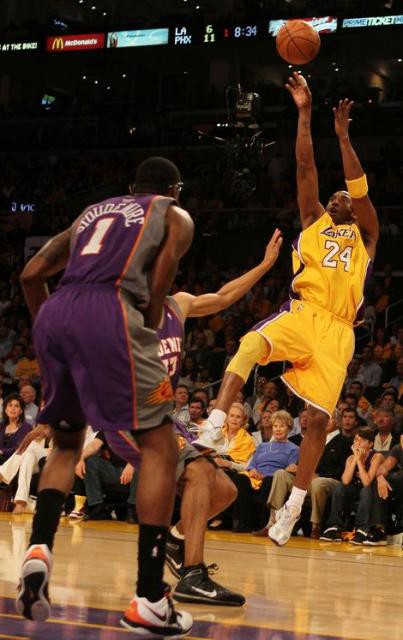
For more details on how Pelinka and Magic Johnson have developed the Lakers team culture in the past year and a half, check out this piece by ESPN’s Ohm Youngmisuk.
Lastly, a GM’s priorities are reflected through who they choose to lead the team, specifically the head coach who is responsible for directly handling and influencing the coaching staff and players.
Bob Myers hired Steve Kerr who had zero head coaching experience but was known to be a great people manager with a constant emphasis on collaboration.
Rob Pelinka retained Luke Walton who had limited basketball head coaching experience (he was the Warriors interim head coach during the 2015–2016 season as Coach Kerr recovered from back surgery complications), had a 26–56 record with the Lakers in his first year but was well admired for his people management skills and emphasis on team building.
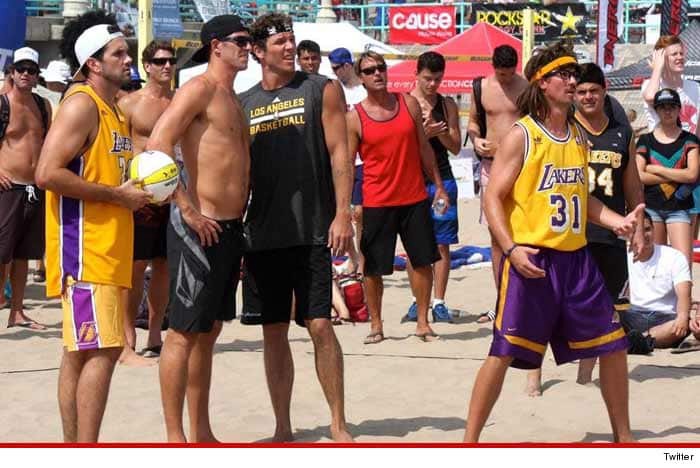
The priority for each GM was clear: they wanted a head coach who embraced solidarity, collaboration, and culture creation as much as they did.
So these first two pillars have touched on how environment shaped the success of Bob Myers and Rob Pelinka in both the agency and GM world, but now let’s take a look at arguably their most important quality…
Masters of Multiple Domains: Quantitative and Qualitative
In a workforce that is increasingly more specialized and siloed, Bob Myers and Rob Pelinka completely buck that trend — they have a unique mastery, affinity, and balance of both the quantitative and qualitative.
Being a high-level agent and lawyer comes with a need to understand details and numbers. Expertise with the ins and outs of the NBA collective bargaining contract (CBA), player contracts, team details, team and player likes/dislikes, cap situations and details of the GM you’re dealing give the agent more information and therefore leverage.
Bob Myers and Rob Pelinka, by numerous accounts, were two of the best in their attention to these details and preparation.
Here’s what Kobe Bryant, also notorious for his attention to detail, had to say about Pelinka:
“No one knows the business of basketball more than Rob Pelinka…This guy is prepared for everything from A to Z and backwards.”
Many agents are excellent with contract review and certain details but what separated Myers and Pelinka from their peers was their ability to develop, nurture, and grow relationships with other people.
Bob Myers’s reputation in the agency world, first and foremost, was born out of his ability to recruit potential clients and develop long-lasting relationships. After he graduated from Loyola, he instantly became an agent for Arn Tellem due to these abilities.
Pelinka, in the same vein, was passionate about interacting with players and fostering mutual relationships — an attitude that served him extremely well when he started Landmark Sports and became an extremely successful CEO. An attitude that was showcased when he respected Luol Deng like a member of the team even though Luol wasn’t playing, ultimately resulting in enough goodwill and mutual respect for Luol to concede millions of dollars in his eventual buy-out.
Think about it: How many agents out there have been color commentators for their college basketball teams? That requires a really high combination of communication and analytical ability.
Who else but Rob Pelinka could describe Kentavious Caldwell-Pope as “manna from heaven” during his introductory press conference in 2017?
This intersection and balance of the quantitative and qualitative spheres is the foundation for their success as GM’s. Arn Tellem (I constantly refer back to him because he knows both guys very well) has spoken at length about Myers’ and Pelinka’s rare combination of skills and passions:
On Myers, he said:
“Bob is certainly analytical and understands the numbers, but at the end of the day it’s his personal qualities, and communicating, that matter. It’s all about the human capital, and managing those relationships.”
And about Pelinka:
“He has incredible judgment. He’s very analytical. He’s a great people person and I know he’ll do just a fantastic job for the Lakers.”
With this uniquely balanced skill-set, either would have been successful as an NBA GM regardless of their previous background. However, it would be naive to think that their time as NBA agents didn’t expedite that transition.
With that in mind…
So are NBA power agents the next wave of GMs?
No.
The next wave of great GMs will be borne from candidates who understand how to meld the detailed numbers and analytics side of basketball with the relationships and people side of basketball, all while striving to create a culture that is process-oriented and sees development through a selfless lens — not only as a boon to the team’s record but as a boon to each employee’s development as a human being.
Each of these describes Myers and Pelinka and they gained these attributes from strikingly similar backgrounds — growing up in the culture of basketball and academic achievement, experiencing a high level of success while being exposed to a culture of family excellence, while focused on continually nurturing his own passion and balance for both the quantitative and qualitative.
They took these opportunities, learnings, and skills to excel every step of the way. In the world of law, business, and eventually NBA management. Their success is based on an unrelenting commitment to collaboration, attention to detail, and seeing their role not only as winning games but as a steward for their players, employees, and franchise.
Each would have made a tremendous GM regardless of what they did prior. It’s an incredible case-study of what makes a successful, highly competent, and beloved leader.
Rob and Bob, I salute you.









